
Stones of Remembrance. Devotionary
Colour-changing alexandrite is nature's magic trick. Gem Encyclopaedia. Gem Encyclopaedia;. Czar Alexander II. Gem's namesake who emancipated Russia's serfs and was assassinated in 1881.. Jennifer Stone-Sundberg , Apr 30, 2014 Read more in English. Fine Corundum, Paraíba Tourmaline and Alexandrite - Tucson 2014.
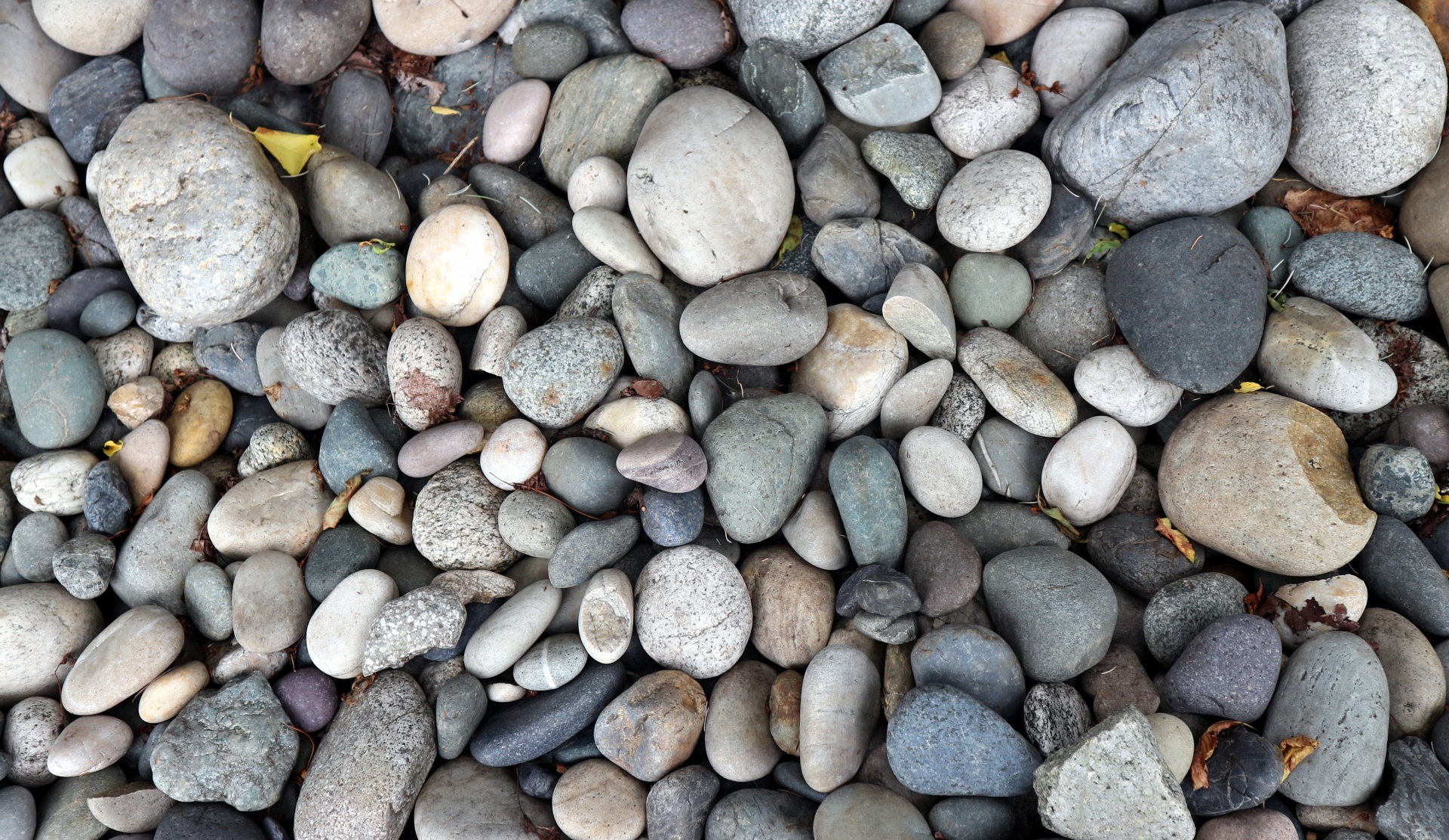
Stones Free Stock Photo Public Domain Pictures
Variety of: Chrysoberyl Wearability: Excellent Symbols: Compassion, Fortune Color: Greenish Blue, Red Hardness: 8.5 Birthstone: June Table of Contents What is An Alexandrite Stone? Alexandrite is a variety of chrysoberyl that belongs to the same family as emerald and tourmaline.

Stones Free Stock Photo Public Domain Pictures
Alexandrite stone: is a chromium bearing colour-change Chrysoberyl. American Gemological Laboratories (AGL) An Alexandrite stone is a Chrysoberyl where the dominant hue distinctly changes under different lighting conditions.
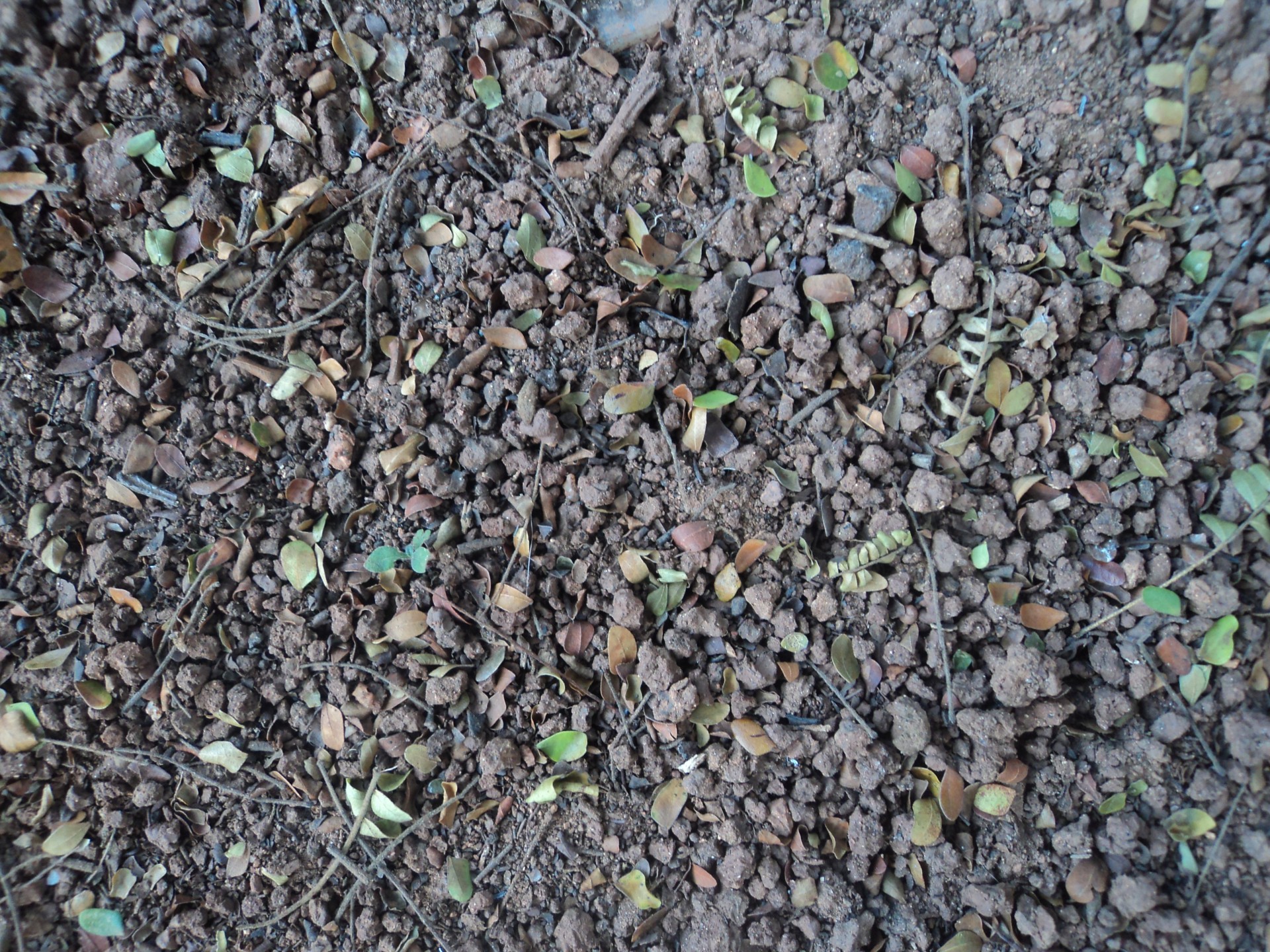
Stones Free Stock Photo Public Domain Pictures
What is Alexandrite? Alexandrite is a rare and valuable gemstone. It's naturally formed in only a few regions of the world and its price is only rising every year. While not as durable as a diamond, Alexandrite has a Mohs hardness rating of 8.5 out of 10. It's resistant to scratches and moderate levels of heat and humidity.
The Surface Stones
The clarity of the stone is also a crucial factor. The best Alexandrite gemstones are free of visible inclusions or blemishes, which can impact the gemstone's clarity and reduce its value. The size of the Alexandrite gemstone also affects its value. Larger gemstones are generally rarer and more valuable than smaller ones.
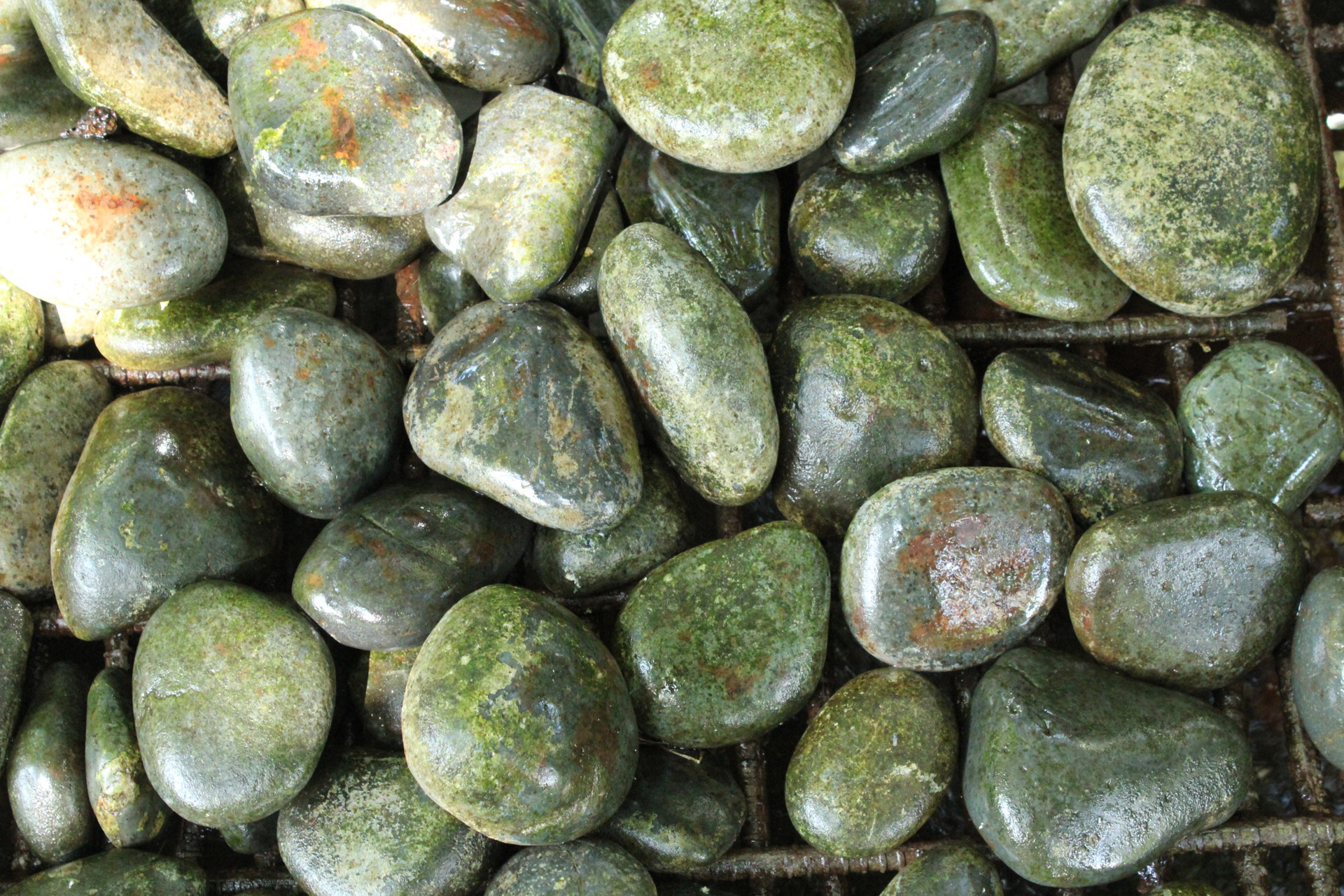
Stones Free Stock Photo Public Domain Pictures
Alexandrite is a form of chrysoberyl, with only a slight chemical difference. Both stones are made of beryllium, aluminum, and oxygen. When chromium replaces some of the aluminum in chrysoberyl, it becomes alexandrite. Both stones belong to the chrysoberyl species. Wondering how to identify alexandrite?

Stone Alexander
Alexandrite is a rare gemstone that belongs to the chrysoberyl family. It was first discovered in 1830 in the Ural Mountains of Russia and was named after Czar Alexander II. Alexandrite is known for its unique color-changing property, where it appears green in daylight or fluorescent light and red or purple in incandescent light.

The Stones India Exclusive Stone Gallery
The IGS alexandrite value listing has price guidelines for faceted alexandrite at top, medium, and slight color changes, as well as for cabbed plain and cat's eye alexandrite with strong color change. Color Change in Alexandrite By day, alexandrite should be emerald green to peacock blue. By night, a ruby red or amethyst hue.

Scattered Stones Field • HDRI Haven
Alexander's sold that company for $7 million three years later after losing more than $9 million on the venture. More changes took place during the 1980's. An additional store was added in the World Trade Center in 1980. Interstate Properties took a controlling interest in Alexander's that year following a proxy battle.
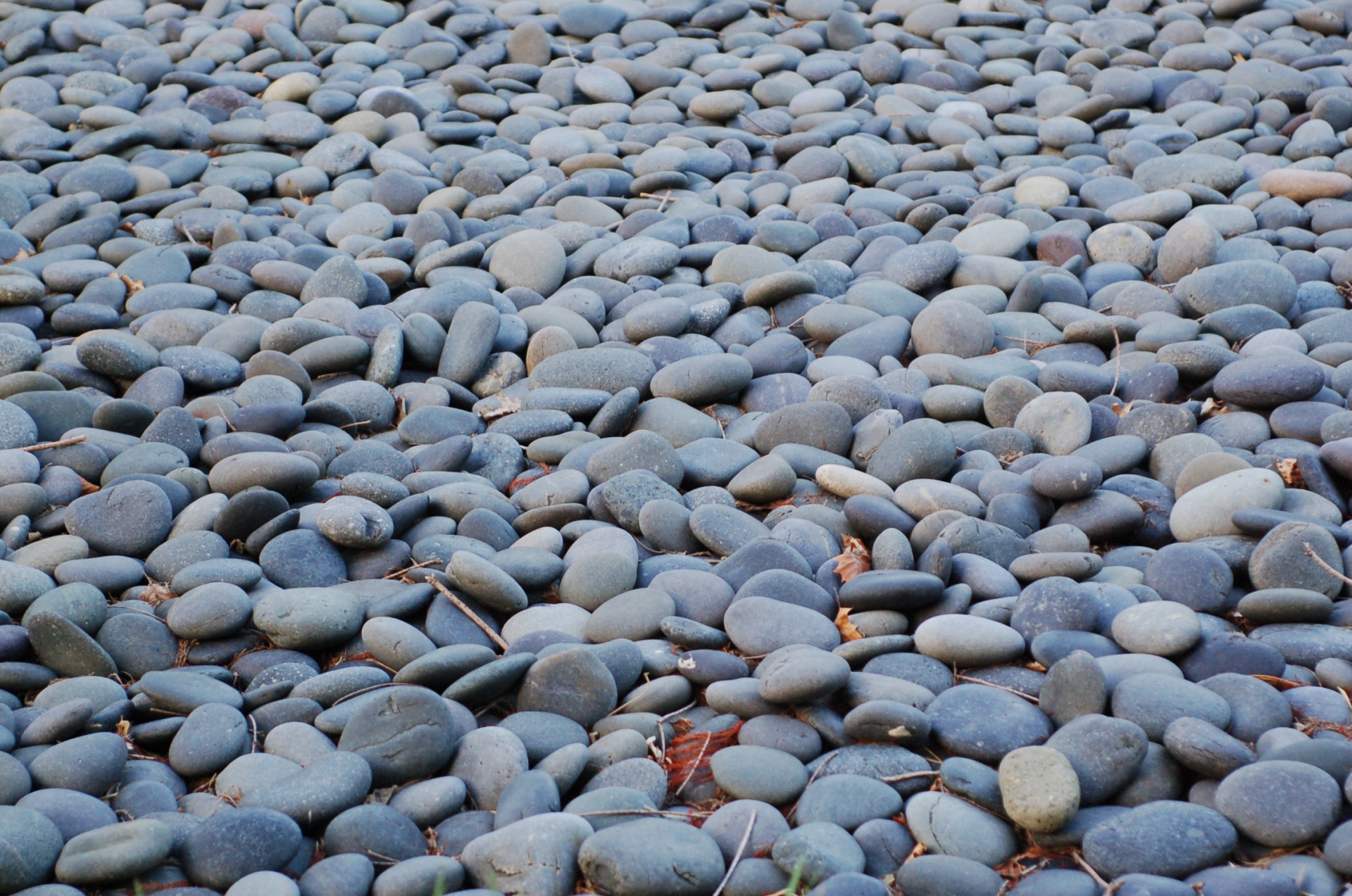
Stones Free Stock Photo Public Domain Pictures
December 10, 2021 A Comprehensive Guide To Alexandrite Gemstones by jupitergem.com (graduated gemologist, Chantelle Lobo) 0 0 0 Revered by gem lovers and purveyors, Alexandrite is an exceptional 'two-in-one gem', that changes its color from a lush green to a deep raspberry red with a change in source illumination.
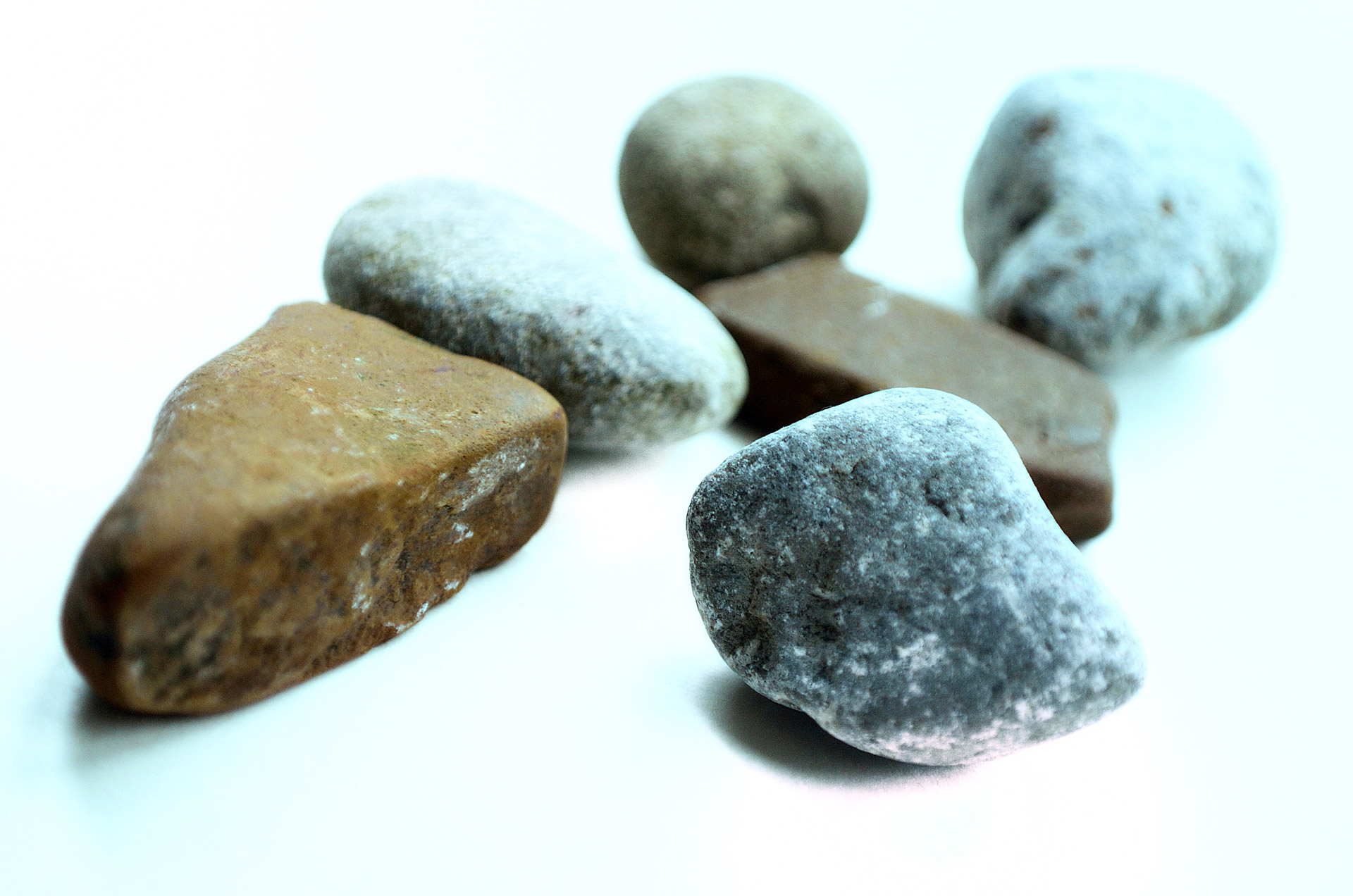
Stones Free Stock Photo Public Domain Pictures
When "Alexander," Oliver Stone's epic biopic chronicling the life and accomplishments of Alexander the Great, arrived in theaters in late 2004, it was the culmination of a long-cherished dream of the controversial filmmaker to bring the story of the controversial conquerer to the big screen that at one point even found him fending off a competing film on the subject that was to have been.

Stepping Stones to Employability Chiltern Rangers
What is Alexandrite? The alexandrite gemstone is often referred to as an emerald by day ruby by night as a result of its color changing abilities. The perfect specimen will have a raspberry color in dim light or red in incandescent light and bright green in daylight. However, this perfect gem is as yet undiscovered.
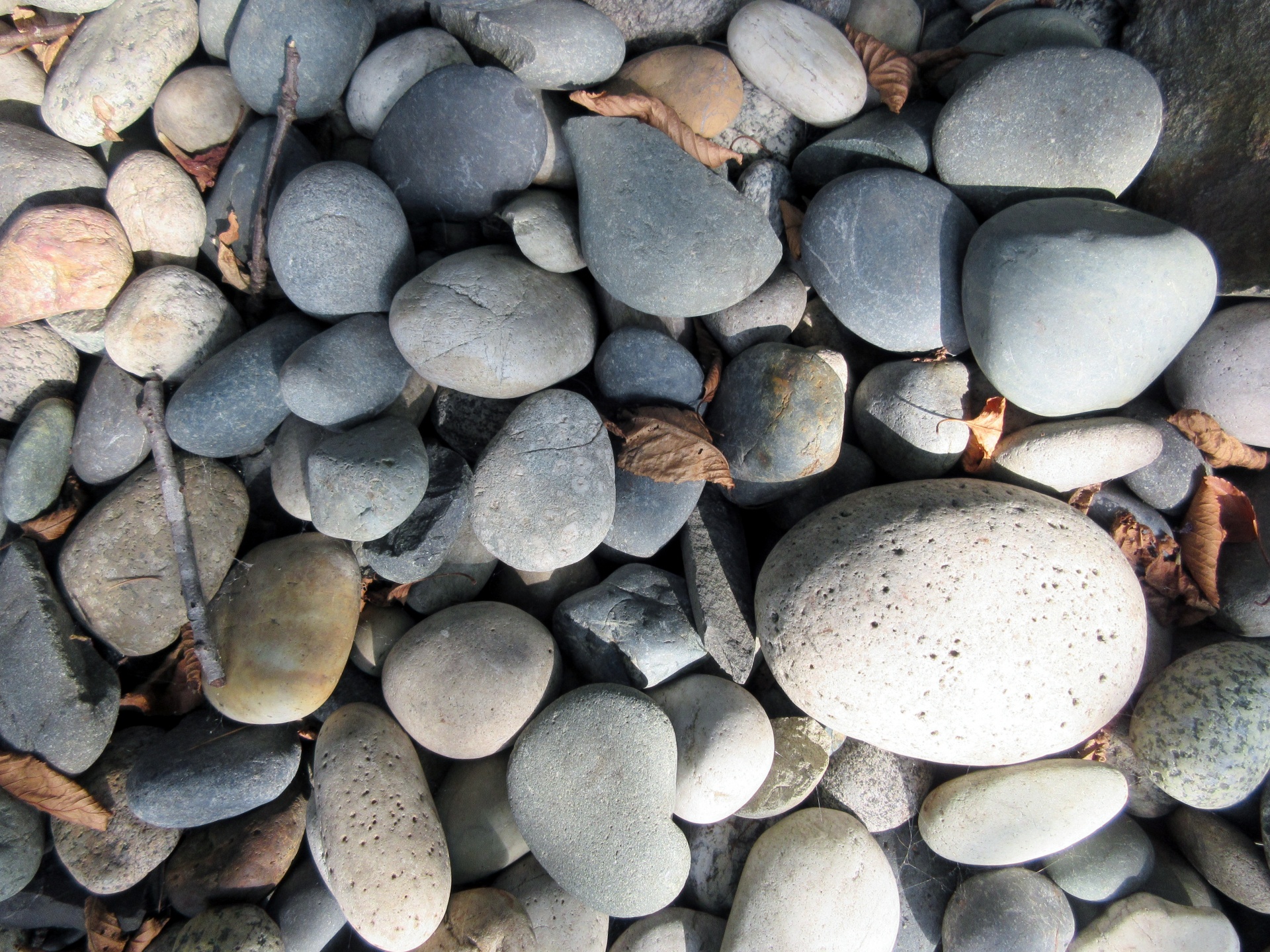
Stones Free Stock Photo Public Domain Pictures
Alexander's Seven Stones. 562 likes. The most incredable wooden blocks for adults (not only). Najbardziej niezwykłe klocki jakie powstały. Każdy zestaw jest niepowtarzalny.
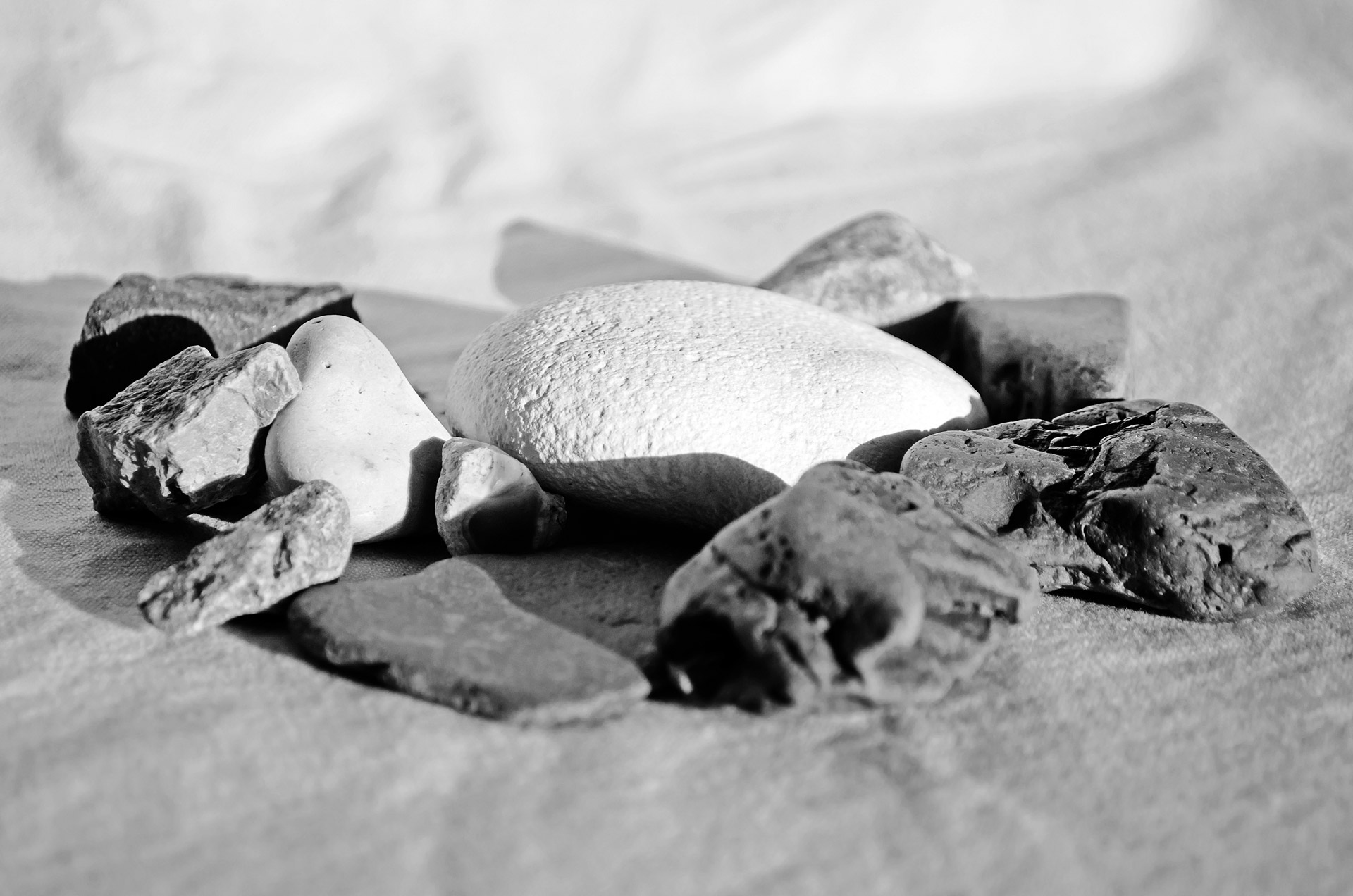
The Stones Free Stock Photo Public Domain Pictures
Alexandrite is the phenomenal variety of chrysoberyl that displays different colors in different lighting environments, for example daylight and candlelight. Alexandrite displays the color change phenomenon because trace amounts of Cr 3+ has substituted for Al 3+ in the crystal lattice. It was discovered in the Ural Mountains of Russia sometime.

Each Appearance of the major Philosopher's Stones. r/FullmetalAlchemist
About Alexandrite Often described by gem aficionados as "emerald by day, ruby by night," alexandrite is the very rare color-change variety of the mineral chrysoberyl. Originally discovered in Russia's Ural Mountains in the 1830s, it's now found in Sri Lanka, East Africa, and Brazil, but fine material is exceptionally rare and valuable.
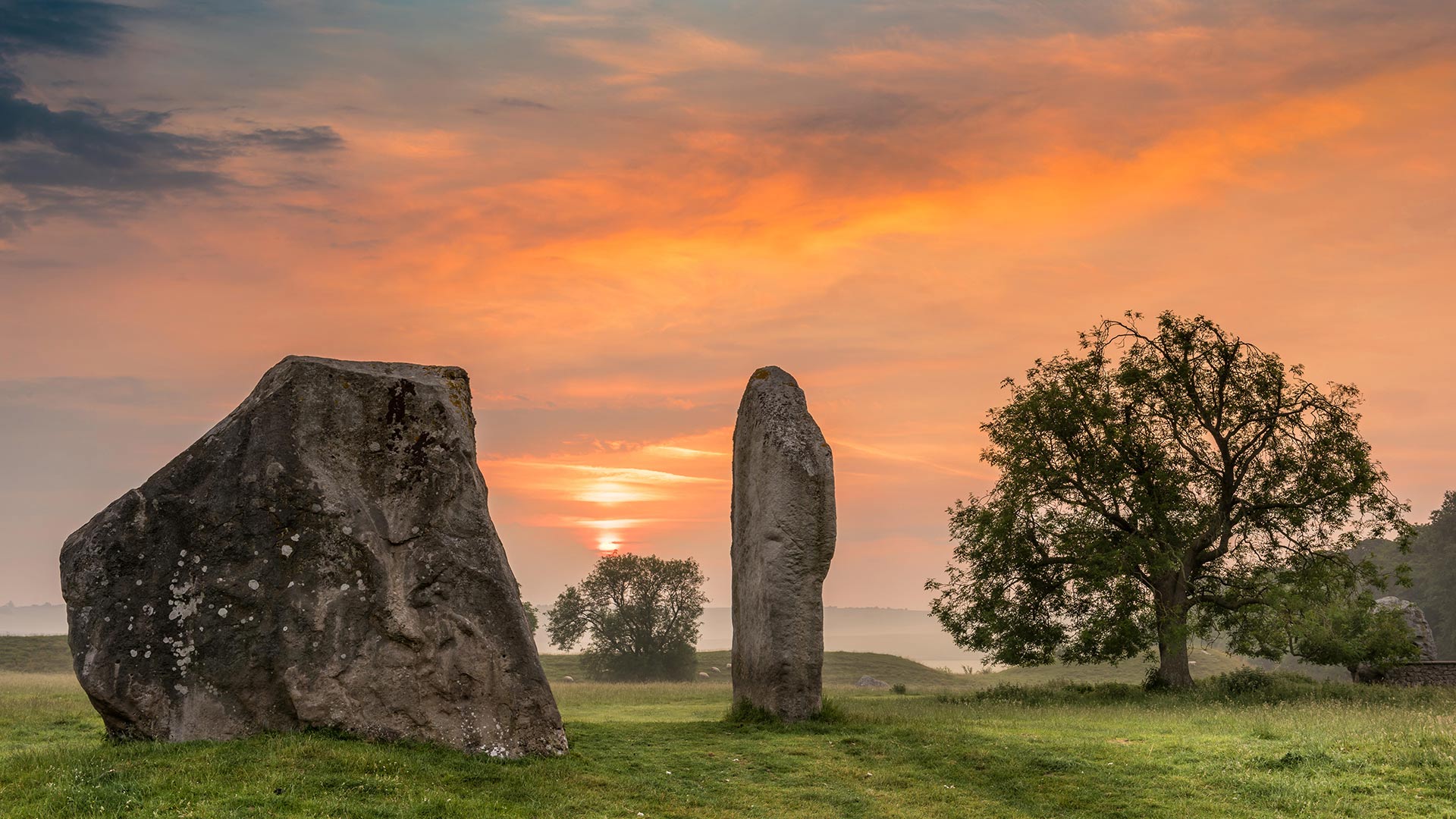
Sarsen Stones Bing Wallpaper Download
What is real alexandrite? Can alexandrite be lab grown? Real alexandrite is one of the rarest gemstones, so you probably haven't seen the stone in its true natural form. Lab created alexandrites exist. They're "real" in that a lab mimics the chemical conditions and ingredients of alexandrite, simply speeding up the process.